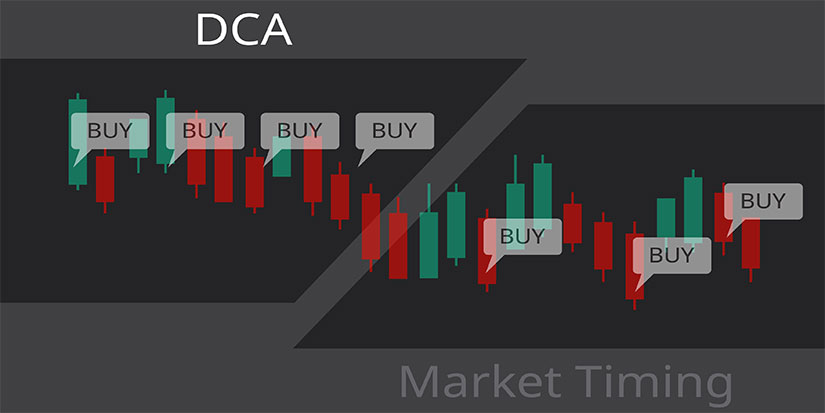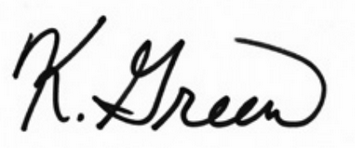When is the best time to invest?
The answer is deceptively simple: when prices are low.
There’s really no beating around the bush.
It was a brutal year for the market in 2022.
The S&P 500 lost 19.4%, its worst year since 2008. And its fourth worst year since the index was launched in 1957.
Of the three major indexes—the Dow, S&P 500, and Nasdaq—the Dow fared best, ending the year down “just” 8.8%.
After such a dismal year, it would be easy to write off the market and head for the sidelines.
That could be the absolute worst thing you could do right now.
Why?
How do I know this?
By using a valuation gauge you’ll find on almost any finance website: the price-to-earnings ratio, or P/E.
Bargains Are All Around Us
Just because stock prices are way down doesn’t mean stocks are cheap.
As legendary investor Warren Buffett advised, “Price is what you pay. Value is what you get.”
A P/E ratio measures value. The lower the P/E, the better the bargain. Here’s how it’s calculated:
Some investors want to see a stock’s P/E fall within a set range to be considered a good value.
I don’t use that method. Instead, I look at current and historical trends to put a P/E in perspective. Sounds complicated, but it’s not. Here’s what I mean.
The average P/E for the S&P 500 since 1950 is 19.6. Its trailing 10-year average P/E is 27.7.
This tells us investors have been willing to pay higher share prices in relation to earnings over the last 10 years versus the longer-term average.
And those numbers give us benchmarks against which we can compare current P/E numbers.
The next table shows the forward P/E—the stock price divided by its expected earnings over the next year—of each S&P 500 sector. It also shows the forward P/E the year prior, giving us another point of comparison.
All market sectors are trading at valuations below the broad market’s 10-year trailing average.
All sectors but healthcare are cheaper than they were the year prior.
And all but three—consumer staples, information technology, and consumer discretionary—are below the average since 1950.
But that’s not the only reason I’m excited.
Cheap Prices Are Only Half the Story
Not every measure of last year’s market performance is bad news.
In 2022, companies in the S&P 500 Index rewarded shareholders with an estimated $561 billion in dividends. That was a 10% raise from 2021.
Even better, 373 of those companies raised their dividends. Only 5 lowered their dividends, and no company in the index suspended its dividend.
Analysts think this trend could continue this year.
Dividend investors look set for another record year of income.
It’s an opportunity we may only see a few times during our investing lifetime.
Remember that: Yield % = Annual Dividend Amount/Stock Price x 100
It’s a basic ratio between two numbers: the annual dividend amount (numerator) and the stock price (denominator).
The yield increases as the top number gets larger or the bottom number gets smaller.
It’s a perfect storm for investors if they are paying attention.
My Favorite Way to Use Low Prices to Your Advantage
If there are companies on your watchlist you haven’t added yet, a lower price might be the time to buy.
But what about companies you already own, even those you have a loss on?
Dollar-cost averaging (DCA) is a great way to add to those holdings.
DCA is when you buy fixed dollar amounts of a stock spread over regular intervals.
Here’s a real example of how it works.
It assumes you want to invest $10,000 in Bank of America Corp. (BAC).
If you had gone all-in with your 10 grand on BAC on January 25, 2022, you would have bought 220 shares.
If you had used DCA and spread your buying over five months, you would have bought 238 shares—a bonus of 18 shares.
Today, we don’t have to guess whether stocks are cheap or not. It’s clear that they are.
That gives you the opportunity to add to your positions at a lower price. And that lowers the overall cost basis of your total investment.
If you have money available to put to work, sitting on the sidelines is the worst action you could take.
Look for solid dividend companies that have low P/Es and use this opportunity to your advantage.
For more income, now and in the future,





